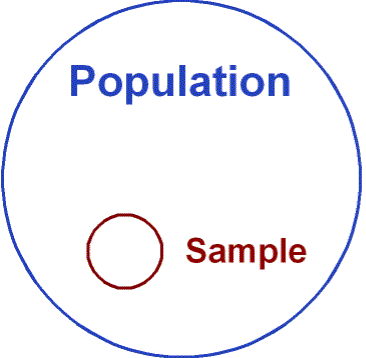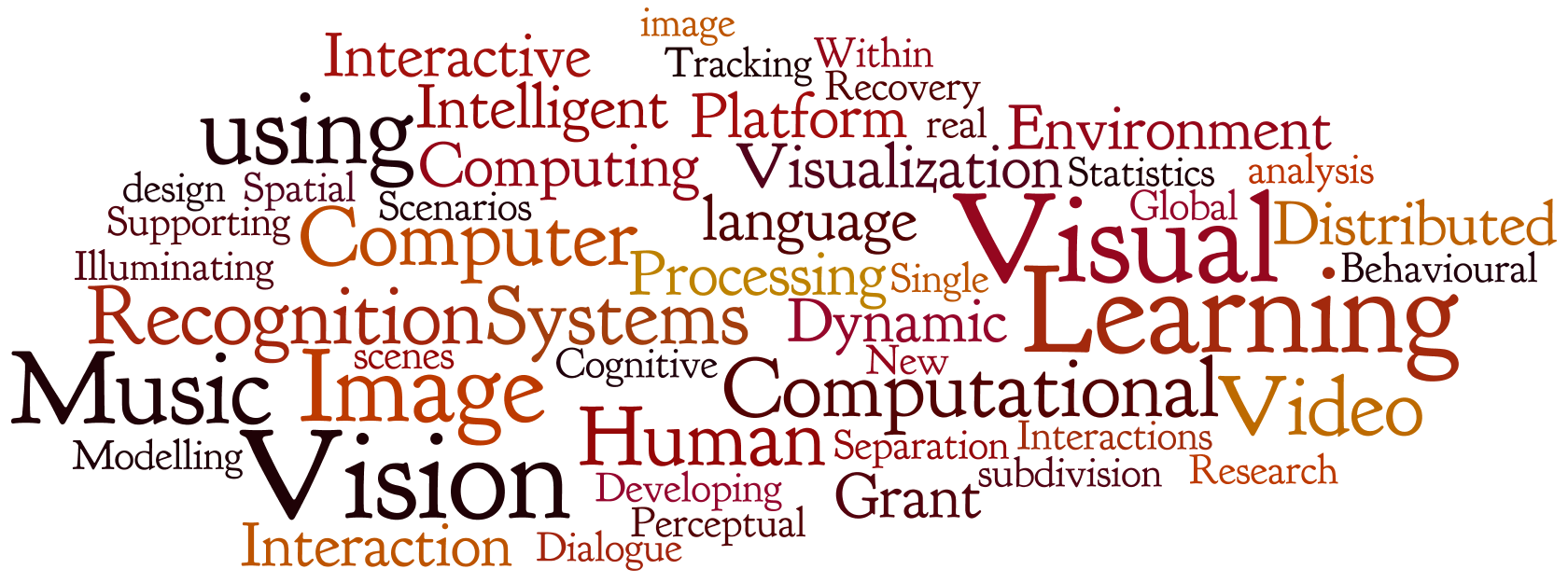Scenario based eLearning
Notes from #CETS11 - Chicago eLearning and Technology Showcase
Traditional scenario based learning:
- Uses real life situations to teach the subject focusing on application of knowledge
- Presents real life situations in order to learn through feedback based on choices
- Creates highly engaging and interactive courses where learner is active participant
The basic premise of a scenario is that the learner is presented a challenge and a number of choices that can be made based on the situation. Depending on the learner's decision, the learner is presented feedback and/or a specific consequence of the action as outlined in the flowchart below:
Components of a scenario:
- Background/ Context
- Character(s)
- Situation
- Word bubbles/ audio
- Action items
- Consequence/ feedback
Challenges of scenario based learning:
- LMS or eLearning platform does not allow branching
- Lack of time - design and development of scenario based eLearning takes approximately 120 hours per 1 hour of learning
- Lack of SME involvement - scenarios require heavy content input from SMEs
References:
Weiss, T. (2011) Creating Scenario-Based Learning Using Rapid eLearning Tools. http://chicagoelearningshowcase.com/
Image: http://blog.commlabindia.com/wp-content/uploads/2013/05/design-effective-scenarios-for-elearning-courses.jpg
Adult Learning and Training, eLearning Design and Development
Workforce Surveys, Human Resources, and Project Management
Wednesday, August 31, 2011
Sunday, August 21, 2011
Learning Design: Add Interactivity to eLearning
Easy, Cheap Ways to Add Interactivity to eLearning
Notes from #CETS11 - Chicago eLearning and Technology Showcase
Level 1
Pop-Up - Click on a link to see a definition or obtain more information on a topic.
Hot Spot - Click on an image to view a different page or additional content.
Level 2
Myth or Fact - Determine whether series of statements is accurate or not.
Ordering - Put steps of a process or procedure into the correct order.
Categorization- Group a series of statements and together by like characteristics.
Interactive Timeline - A visual representation of a sequence of events, whereby the learner clicks on a specific date or year, events and/or content relevant to that date appears.
Level 3
Scavenger Hunt- The learner is presented with a problem that requires them to use various assigned resources to answer the questions.
Simple Game-Based - The learner is tested on factual knowledge through the use of something like Jeopardy, a crossword puzzle, or flip cards.
Level 4
Virtual Coach - The learner partners with an avatar-like creation that helps guide the learner throughout the course.
Challenge and Response - The learner is presented with a simulated interview or scenario where the learner is being questioned or challenged by another individual.
Reference:
Massoni, J. & Weller, S. (2011) 20 Easy and Cheap Ways to Add Interactivity to eLearning. http://chicagoelearningshowcase.com/
Image: http://www.macs.hw.ac.uk/texturelab/EPSRC/images/Clouds/PeopleInteractivityCloud.png
Friday, August 12, 2011
Learning Evaluation: Sample populations

A sample is a "set of elements drawn from and analyzed to estimate the characteristics of a population." (Russ-Eft & Preskill, 2001) Sample populations are used in evaluations when it is not feasible to involve the entire target audience due to: time or cost constraints, limited accessibility of participants, and situations in which validity or accuracy may be compromised by engaging the entire population.
Probability Sampling
- Participants must be randomly selected; each member of population has an equal chance of being selected
- Used when you want to generalize the evaluation's findings
– Ability to determine sample error
Simple Random – Randomly select participants from entire population; however, it sometimes difficult to obtain a complete and accurate list of population
Stratified Random – Divide the entire population into sub-populations called strata, and then using simple random sampling within each strata
Proportional Stratified – Purposive oversampling of some strata and under-sampling of others
Cluster – Sample a larger unit, then sample within the larger unit
Non-Probability Sampling
- Evaluator selects participants
- Potential for bias and threats to validity
– Findings cannot be generalized
Convenience – Select participants that are most accessible, or participants agree on their own accord to participate
Purposive – Select specific individuals to participate because of position, experience, knowledge, or attitudes
Snowball – Contact organizations within industry and ask for referrals; used when you don’t have a list of potential participants
Reference:
Russ-Eft, D., & Preskill, H.(2001). Evaluation In Organizations: A Systematic Approach To Enhancing Learning, Performance, and Change (1st ed.) Perseus Publishing.
Image: http://www.paduiblog.com/tags/war-against-dui/page/2/
Subscribe to:
Posts (Atom)

